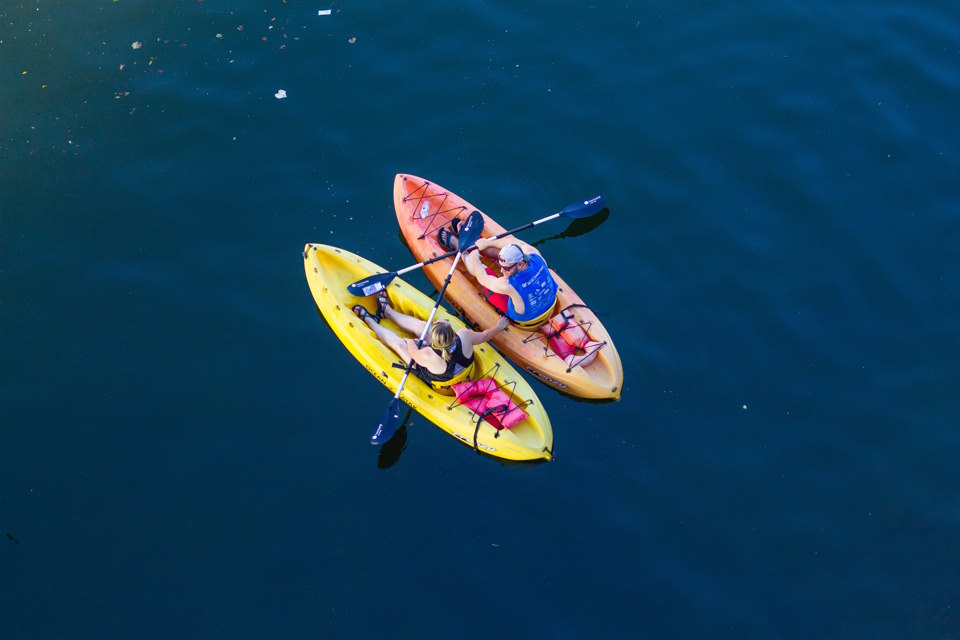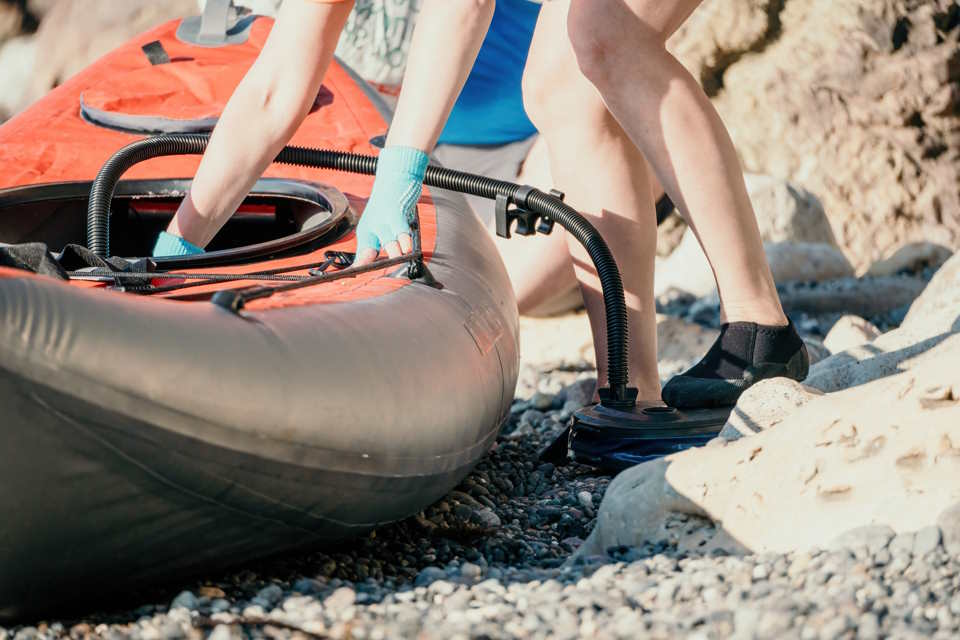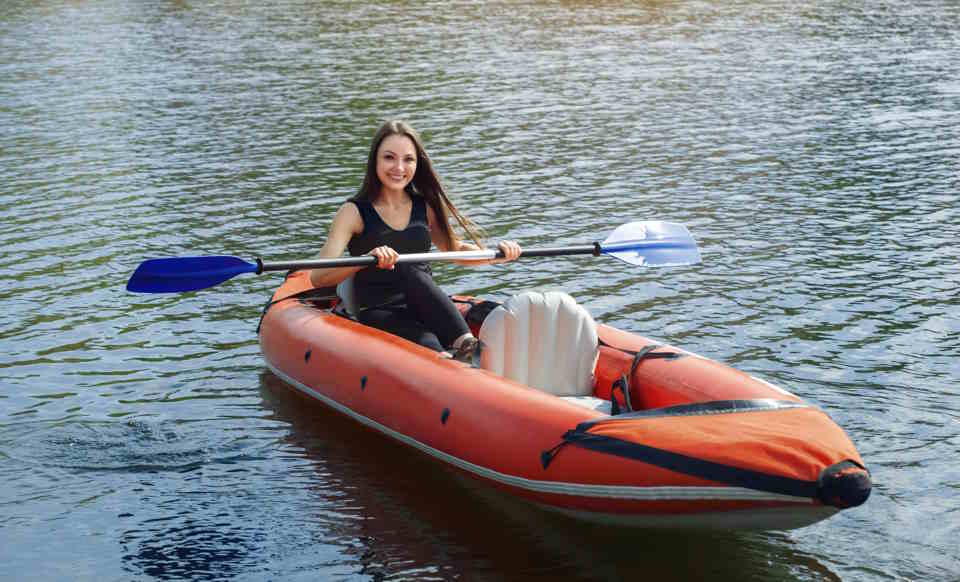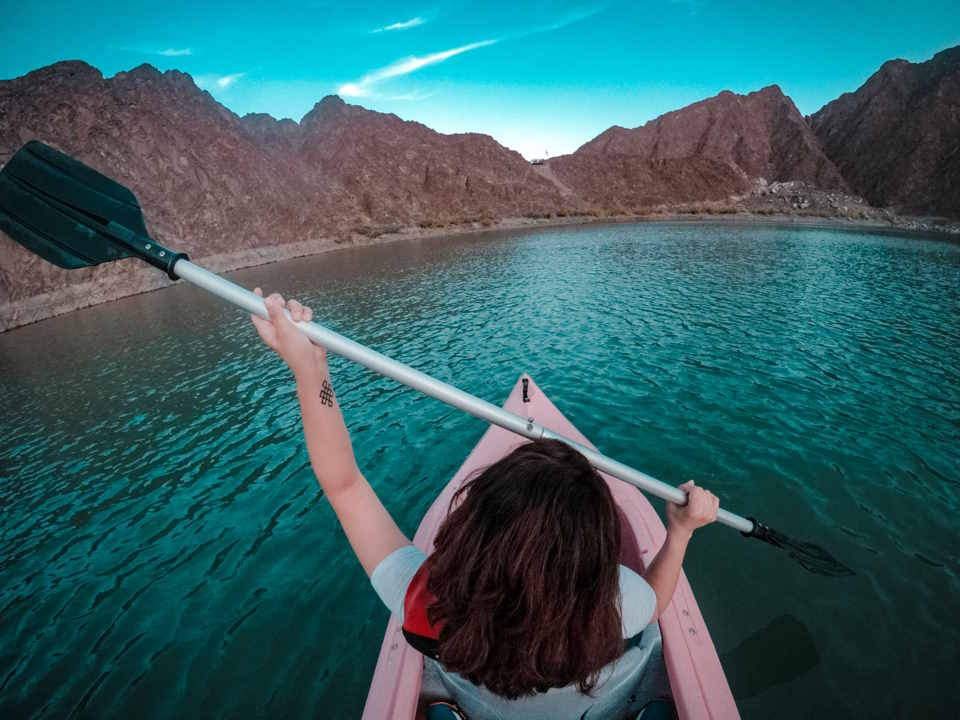Welcome to our comprehensive guide on kayaking strokes! Whether you’re a beginner or an experienced paddler, understanding and mastering different kayaking strokes is crucial for enhancing your overall performance on the water. We will cover a range of techniques and tips to help you perfect the forward stroke, master turning with sweep and draw strokes, and achieve optimal balance and stability while kayaking. So, get ready to dive into the world of kayaking strokes and unlock your full paddling potential!
Understanding The Different Kayaking Strokes
Have you ever wanted to try kayaking? It’s a thrilling water sport that allows you to explore rivers, lakes, and even oceans while getting a great workout. But before you jump into a kayak and start paddling away, it’s important to understand the different kayaking strokes. These strokes are the foundation of kayaking and will help you navigate through the water with ease and confidence.
1. Forward Stroke: The forward stroke is the most basic and essential stroke in kayaking. It’s used to propel the kayak forward and maintain a steady speed. To perform a proper forward stroke, sit up straight in your kayak with your feet resting comfortably against the footrests. Grip the paddle firmly with both hands, making sure your hands are shoulder-width apart. As you reach forward with the paddle, immerse the blade fully into the water and pull it towards your hip, rotating your torso as you do so. Repeat this motion on the other side, alternating strokes to maintain a straight course.
2. Sweep Stroke: The sweep stroke is a powerful turning stroke that allows you to change direction quickly. To execute a sweep stroke, start by placing the blade of your paddle near your toes on either side of the kayak. As you sweep the paddle outwards in a wide arc, apply pressure against the water. This will create a turning force that will pivot your kayak. The sweep stroke can be used to turn your kayak in either direction, making it a versatile stroke for navigating tight corners or avoiding obstacles.
3. Draw Stroke: The draw stroke is another useful maneuver for changing direction or moving sideways. To perform a draw stroke, reach out to the side of your kayak with the paddle blade perpendicular to the boat. Submerge the blade in the water and pull it towards the kayak, using your wrist and arm to apply pressure against the water and move the kayak sideways. The draw stroke is particularly handy when you need to dock your kayak or navigate around obstacles in narrow waterways.
| Strokes | Primary Use |
|---|---|
| Forward Stroke | Maintaining speed and direction |
| Sweep Stroke | Turning quickly |
| Draw Stroke | Moving sideways or changing direction |
Now that you have a better understanding of the different kayaking strokes, it’s time to hit the water and put your newfound knowledge to the test. Remember to practice these strokes in a calm and safe environment before taking on more challenging waters. With time and practice, you’ll become a master of the art of kayaking and be able to explore beautiful waterways while enjoying the thrill of the sport.
Perfecting The Forward Stroke: Technique And Power
Kayaking is not just a recreational activity; it is an art that requires skill, technique, and power. One of the most essential strokes in kayaking is the forward stroke. Perfecting this stroke can greatly improve your efficiency and speed in the water. We will delve into the technique and power behind the forward stroke and share some tips to help you become a master at it.
Before we dive into the nitty-gritty of the forward stroke, let’s understand its importance. This stroke is not only the primary means of propelling the kayak forward but also plays a crucial role in maintaining stability and control. It is a combination of various factors, including body positioning, paddle placement, and core strength.
To execute the forward stroke with utmost precision, start by focusing on your body posture. Sit upright, engaging your core muscles and maintaining a balanced position. Remember, a strong core is the foundation for generating power and maintaining stability on the water.
- Paddle placement: Positioning your paddle correctly is key to maximizing your stroke power. Make sure the blade is fully submerged in the water and close to the kayak’s hull. This allows you to pull more water with each stroke, propelling yourself forward efficiently.
- Engage your torso: The power for the forward stroke should come from your torso, not just your arms. As you reach forward with the paddle, rotate your torso and engage your core muscles to generate power. This rotational movement adds extra force to your stroke, making it more effective.
- Follow through: To make the most of your forward stroke, it is crucial to have a proper follow-through. As you pull the paddle through the water, extend your arms fully, and finish the stroke behind you. This allows you to achieve maximum power and propulsion.
| Technique | Power |
|---|---|
| Focus on body posture and core engagement. | Position your paddle correctly and engage your torso for maximum power. |
| Ensure the paddle blade is fully submerged and close to the kayak. | Rotate your torso and utilize your core muscles to generate power. |
| Extend your arms fully and finish the stroke behind you. | Maximize power and propulsion by having a proper follow-through. |
Perfecting the forward stroke requires practice and patience. Spend time on the water, honing your technique and building your strength. Remember to take breaks and enjoy the scenic beauty around you. Kayaking is not only about technique and power, but it also offers an opportunity to connect with nature and rejuvenate your mind.
So, the next time you grab your kayak and paddle, pay attention to your forward stroke. Mastering this stroke will not only enhance your kayaking skills but also add a touch of elegance and efficiency to your paddling.
Mastering The Art Of Turning: Sweep And Draw Strokes
Kayaking is not just about paddling forward, it’s also about mastering the art of turning. To navigate smoothly around obstacles or change direction, two important strokes come into play: the sweep stroke and the draw stroke. These strokes are essential for any kayaker looking to become more agile and versatile on the water.
The sweep stroke is a fundamental technique that allows you to make wider turns and adjust your kayak’s direction. To perform this stroke, simply place your paddle blade in the water at the side of your kayak, near your feet. Then, with a sweeping motion, extend your arm and sweep the paddle blade away from the kayak’s hull. This creates a wide arc and helps you turn smoothly. Remember to keep your upper body rotation fluid and engage your core muscles for maximum power.
On the other hand, the draw stroke is ideal for making quick and controlled turns. This stroke is executed by placing the paddle blade perpendicular to the kayak, near your hips or slightly behind. Keeping the blade deeply immersed in the water, pull the paddle towards your hip, using your core and arm muscles. The draw stroke efficiently displaces water, shifting your kayak’s direction effectively. Practice this stroke on both sides to become proficient at turning in any direction swiftly.
| Sweep Stroke | Draw Stroke |
|---|---|
| The sweep stroke is ideal for wide turns. | The draw stroke is perfect for quick and controlled turns. |
| Engage your core for power. | Use your arm and core muscles for an effective draw stroke. |
| Paddle blade starts near your feet. | Paddle blade starts near your hips or slightly behind. |
| Rotate your upper body smoothly. | Keep the paddle blade immersed in the water. |
Mastering the sweep and draw strokes will significantly improve your maneuverability and control on the water. These turning techniques allow you to navigate through narrow channels, perform impressive turns, and even playfully interact with currents. Remember, practice makes perfect!
Essential Tips For Maintaining Balance And Stability
When it comes to kayaking, maintaining balance and stability is essential for a successful and enjoyable experience on the water. Whether you are a beginner or a seasoned paddler, here are some essential tips to help you stay upright and steady in the kayak:
1. Find the right kayak: Choosing the right kayak can make a world of difference in maintaining balance and stability. Look for a kayak with a wider hull, as it provides more stability in calm waters. Sit-on-top kayaks are also a good option for beginners as they offer better stability than sit-in kayaks.
2. Sit properly: Positioning yourself correctly in the kayak is crucial. Sit with your back straight and your knees bent slightly. Keep your feet flat on the footrests and your weight evenly distributed. Avoid slouching or leaning too far forward or backward, as it can make the kayak unstable.
3. Use your paddle: Your paddle acts as a tool for maintaining balance and stability. Hold the paddle with a firm grip and use it to brace yourself if you feel unsteady. By extending your paddle out to the side, you create a wider base of support, enhancing stability.
4. Practice proper technique: Developing good paddling technique can greatly help in maintaining balance. Focus on using smooth and controlled strokes, keeping your kayak straight and stable. Regular practice and proper technique will gradually improve your balance and stability on the water.
5. Be mindful of your body movements: Sudden or jerky movements can easily tip your kayak. Keep your movements smooth and deliberate, especially when shifting your weight or reaching for items inside the kayak. Remember, maintaining balance and stability is all about staying steady and in control.
| 6. Dress for success: | 7. Prepare for changing conditions: |
|---|---|
| Wearing appropriate gear plays a significant role in maintaining balance. Choose clothing that allows you to move comfortably and provides protection from the elements. Consider wearing a personal flotation device (PFD) to ensure your safety on the water. | Weather and water conditions can quickly change while kayaking. Stay informed about the forecast and plan accordingly. Be aware of wind, currents, and tides, which can affect stability. Adjust your paddling technique or route if needed to adapt to changing conditions. |
By following these essential tips, you can enhance your balance and stability while kayaking, ensuring a safe and enjoyable adventure on the water. Remember, practice makes perfect, so get out there and have fun while mastering the art of staying upright!








